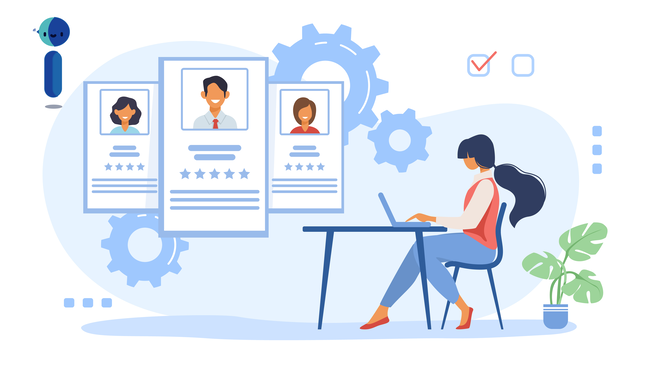Steps to Successfully Implementing eHR in Your Company
In today’s fast-paced business world, embracing technological advancements is crucial. One area where this is particularly important is in Human Resources, and that’s where eHR (electronic Human Resources) comes into play. Implementing eHR in your company can streamline processes, boost efficiency, and improve employee satisfaction. However, it’s not without its challenges. In this article, we’ll explore the essential steps to successfully implementing eHR in your company, ensuring a smooth transition that benefits both your organization and your employees.
Introduction
Transitioning to electronic HR management can seem daunting, but with the right approach, it’s a game-changer for your organization. In this guide, we’ll provide you with a roadmap to ensure a successful eHR implementation.
Planning Your eHR Implementation
Before diving into the technical aspects, thorough planning is essential. This initial stage sets the foundation for the entire process.
Conduct a Needs Assessment
Ask yourself: What are the specific needs and pain points in your current HR processes? Understanding this is crucial for tailoring your eHR system.
Assemble a Competent Team
Building a team with diverse skills, including IT experts and HR professionals, ensures a well-rounded approach to implementation.
Set Clear Objectives
Define the goals you want to achieve with eHR. Whether it’s reducing paperwork or improving employee onboarding, having clear objectives is essential.
Selecting the Right eHR System
Choosing the right eHR system is a pivotal decision. It’s not one size fits all, so make sure to consider your unique requirements.
Research and Compare
Explore various eHR solutions, comparing features, costs, and reviews. A careful analysis will help you make an informed choice.
Scalability
Ensure the system is scalable to accommodate future growth and evolving needs.
Data Security
Your employees’ data is precious. Select a system with robust security measures to protect sensitive information.
Customization and Integration
The success of eHR largely depends on how well it integrates with your existing processes and how tailored it is to your organization.
Customize Workflows
Adapt the system to your HR workflows for a seamless transition.
Integration with Existing Systems
Ensure that your eHR system can integrate with other software your company uses, such as payroll and timekeeping systems.
Employee Training
Provide comprehensive training to your employees. A well-trained staff is more likely to embrace the new system.
Data Migration and Testing
This phase involves transferring your existing HR data to the new eHR system and testing its functionality.
Data Migration
Migrate data systematically, ensuring accuracy and completeness.
Rigorous Testing
Before full implementation, test the system rigorously to identify and rectify any issues.
Implementation and Rollout
Once everything is in place, it’s time to roll out your eHR system company-wide.
Phased Rollout
Consider implementing eHR in phases to minimize disruptions and adapt to feedback.
Communication
Keep employees informed throughout the process. Address concerns and provide support.
Monitoring and Evaluation
The journey doesn’t end with the rollout. Continuously monitor and evaluate the system’s performance.
Key Performance Indicators (KPIs)
Establish KPIs to measure the system’s impact on HR processes.
Feedback Mechanism
Encourage employees to provide feedback for ongoing improvements.
Regular Updates
Stay up to date with software updates to ensure optimal functionality.
FAQs
What are the benefits of eHR implementation?
eHR implementation can streamline HR processes, reduce paperwork, improve data accuracy, and enhance employee engagement.
Is eHR suitable for small businesses?
] Yes, eHR systems can be scaled to suit the needs of small businesses, making them more efficient and competitive.
How long does eHR implementation typically take?
The duration varies depending on the organization’s size and complexity, but it can take several months to a year.
What security measures should I look for in an eHR system?
Look for encryption, access controls, and regular security updates to protect sensitive HR data.
What is the cost of eHR implementation?
The cost varies widely, depending on the chosen system and customization, but it’s an investment that pays off in efficiency and productivity.
Can eHR improve employee engagement?
Yes, by streamlining HR processes and providing employees with self-service options, eHR can boost engagement and satisfaction.
Conclusion
Implementing eHR in your company is a significant step towards modernizing your HR processes. When done right, it can lead to increased efficiency, reduced paperwork, and improved employee engagement. By following the steps outlined in this guide and staying committed to the process, you can successfully implement eHR in your company, ensuring a brighter, more efficient future for your HR department.




